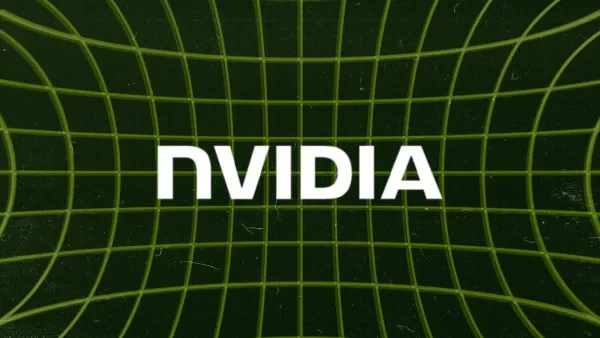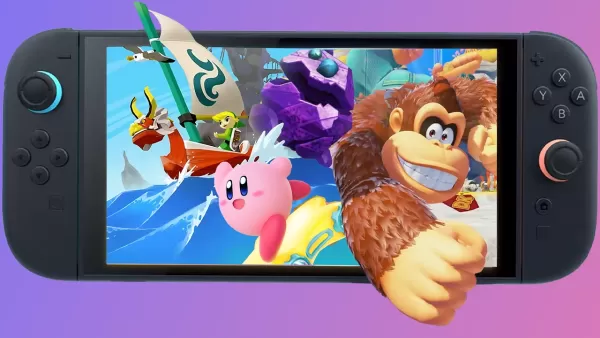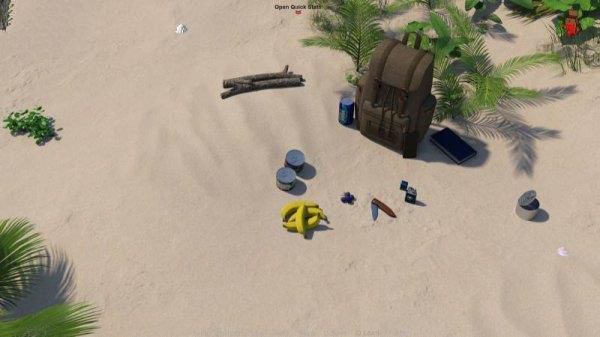Update 5/14/25: Digital Foundry has uncovered detailed specifications for the Nintendo Switch's upcoming SoC, confirming many circulating rumors - including the exact CUDA core count within the Tegra T239 chip. This revelation gives us substantial insight into the console's performance capabilities ahead of its June launch. While real-world game optimization remains to be seen, early indications suggest promising potential.
Original article:
The much-anticipated Nintendo Switch 2 has broken cover, showcasing significant upgrades over its predecessor while entering a transformed handheld gaming landscape. Unlike its predecessor which dominated relatively uncontested, this new iteration faces formidable competition from PC-based handhelds like the Steam Deck and Asus ROG Ally X that deliver AAA gaming experiences anywhere.
While Nintendo's latest handheld maintains its unique appeal for exclusive titles like Mario Kart World, prospective buyers considering it for multiplatform games must weigh its $449 price against more powerful alternatives.
With preliminary hardware specifications now available, let's examine whether Nintendo's 4K gaming claims hold water.

Nvidia's Custom Chip Architecture
At the heart of Nintendo Switch 2 lies a custom Nvidia Tegra T239 SoC, featuring an 8-core ARM CPU paired with an Ampere GPU containing 1,536 CUDA cores. Digital Foundry's analysis confirms earlier 2023 leaks about this configuration. Compared to laptop RTX 3050's architecture, Switch 2's implementation appears significantly scaled down - containing just 12 Streaming Multiprocessors rather than full desktop implementations.
The inclusion of DLSS support and ray tracing capabilities sounds impressive theoretically, though actual implementation faces significant constraints. With limited Tensor Cores (48 total) and RT cores (12 total), realistic expectations should focus more on performance compromises rather than revolutionary additions.
Performance Realities
The Switch 2's GPU operates at 1,007MHz docked and 561MHz handheld, demonstrating Nintendo's continued bifurcated performance approach. Surprisingly, CPU speeds slightly favor handheld mode (1,101MHz vs 998MHz docked), likely compensating for reduced memory bandwidth.
Memory configuration sees major improvements with 12GB LPDDR5 on a 128-bit bus, offering 102GB/s (docked) and 68GB/s (handheld) bandwidth. This represents a crucial upgrade for demanding open-world games like Mario Kart World.

Display Advancements
The upgraded 7.9-inch LCD panel offers Full HD resolution with HDR10 certification and variable refresh rates up to 120Hz - specifications surpassing even the Steam Deck OLED's capabilities. While brightness specifications remain undisclosed, HDR10 certification requires minimum 1,000 nits peak brightness.
Battery Considerations
Despite its larger 5,220mAh battery, Nintendo predicts approximately 2 hours minimum gameplay - shorter runtime than original Switch estimates. This reflects the balance struck between improved hardware capabilities and maintaining reasonable portability.
Ultimately, Nintendo Switch 2 excels most clearly as a platform for Nintendo's outstanding first-party titles rather than as a multipurpose handheld gaming PC competitor. While technological advancements are substantial compared to its predecessor, discerning gamers must evaluate whether Nintendo exclusives justify choosing this ecosystem over more powerful alternatives.







![NULL [Remastered]](https://imgs.39man.com/uploads/71/1719651062667fcaf6c483b.png)








